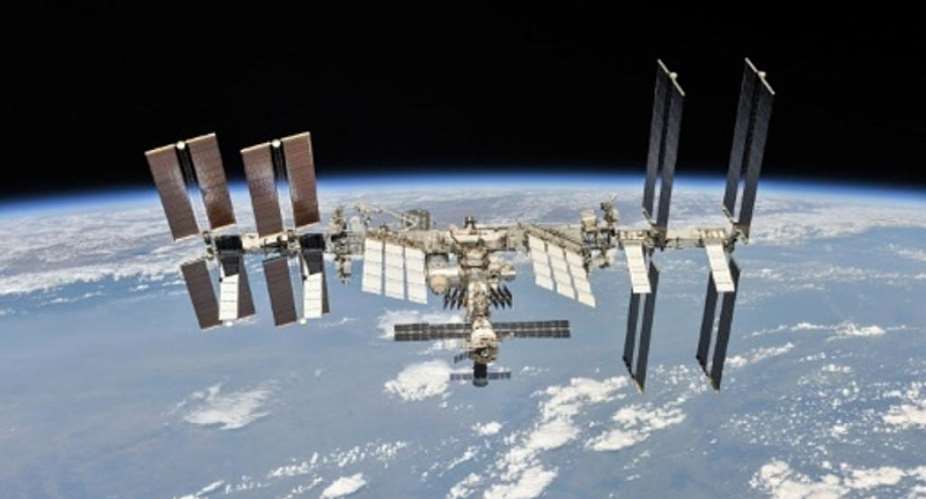A recent discovery of new and rare bacterial strains on the International Space Station will provide important information for scientists on plant growth both for future space missions and under difficult conditions on Earth.
Scientists from the US isolated these strains belonging to the Methylobacterium genus that is associated with the root nodules and soil on the Earth. The discovery was announced in a paper in Frontiers in Microbiology.
The paper's lead author Dr Kasthuri Venkateswaran of NASA's Jet Propulsion Laboratory told RFI that the Methylobacterium species help in breaking down complex sugar and nitrogen compounds into simple nitrates that plants can absorb and grow.
"What makes the new strains interesting is that they are able to survive the harsh conditions in space which can help in plant growth promotion not only during space missions but also in arid regions on the Earth," he said.
When asked as to how did these strains, that haven't been identified on the Earth, end up on the space station, Dr Venkateswaran said that though the likelihood of mutation is not ruled out, it was highly unlikely.
"It takes millions of years for a new species to evolve. The space station is only 20 odd years old. The radiation and other conditions could speed up the evolution process but not that fast to have new species in just two decades," he said.
Survival in harsh conditions
Instead, these bacteria were transported from the Earth into space.
"The missions to the space station involve transporting cargo that includes different experimental modules. There must have been some experiments on plants during which these Methylobacterium strains that are associated with plant roots must have got deposited on some surfaces."
According to Dr Venkateswaran, the reason why these strains haven't yet been identified on the Earth is because of their rarity.
"Among the billions of bacterial material in the soil, these strains are quite low key. Unlike the dominant strains that consume most of the nutrients quickly and die quickly, they survive on low nutrients and in desiccated conditions. They may not belong to the majority but are still a key part of the ecosystem," he said.
He added that when these strains end up in harsh conditions, like the one in space, they are the ones more likely to survive.
The other advantage the new strains offer is that they are non-pathogenic to both plants and humans, which could make them useful components for plant growth during future missions to the Moon and Mars.





 Excessive partisanship breeds madness — Prof Gyampo on NPP’s defence of cedi dep...
Excessive partisanship breeds madness — Prof Gyampo on NPP’s defence of cedi dep...
 PDS scandal: ‘The totality of Ghana’s loss is the ‘dumor’ being experienced toda...
PDS scandal: ‘The totality of Ghana’s loss is the ‘dumor’ being experienced toda...
 677,140 births and 50,992 deaths recorded in 2022 - Statistical Report
677,140 births and 50,992 deaths recorded in 2022 - Statistical Report
 Prince Harry, Meghan visit Nigeria
Prince Harry, Meghan visit Nigeria
 Ghana’s electoral commission is one that trusts thieves — Omane Boamah
Ghana’s electoral commission is one that trusts thieves — Omane Boamah
 Mahama is the embodiment of corruption; he can’t advise NPP gov’t on corruption ...
Mahama is the embodiment of corruption; he can’t advise NPP gov’t on corruption ...
 All government cares about is spending more and more money on itself — Dalex Fin...
All government cares about is spending more and more money on itself — Dalex Fin...
 COVID-19: GHS records 57% vaccination coverage
COVID-19: GHS records 57% vaccination coverage
 My government will support churches – Bawumia assures Clergy
My government will support churches – Bawumia assures Clergy
 Don't be 'conduit' to President Akufo-Addo's 'I can't hand over power to Mahama'...
Don't be 'conduit' to President Akufo-Addo's 'I can't hand over power to Mahama'...
